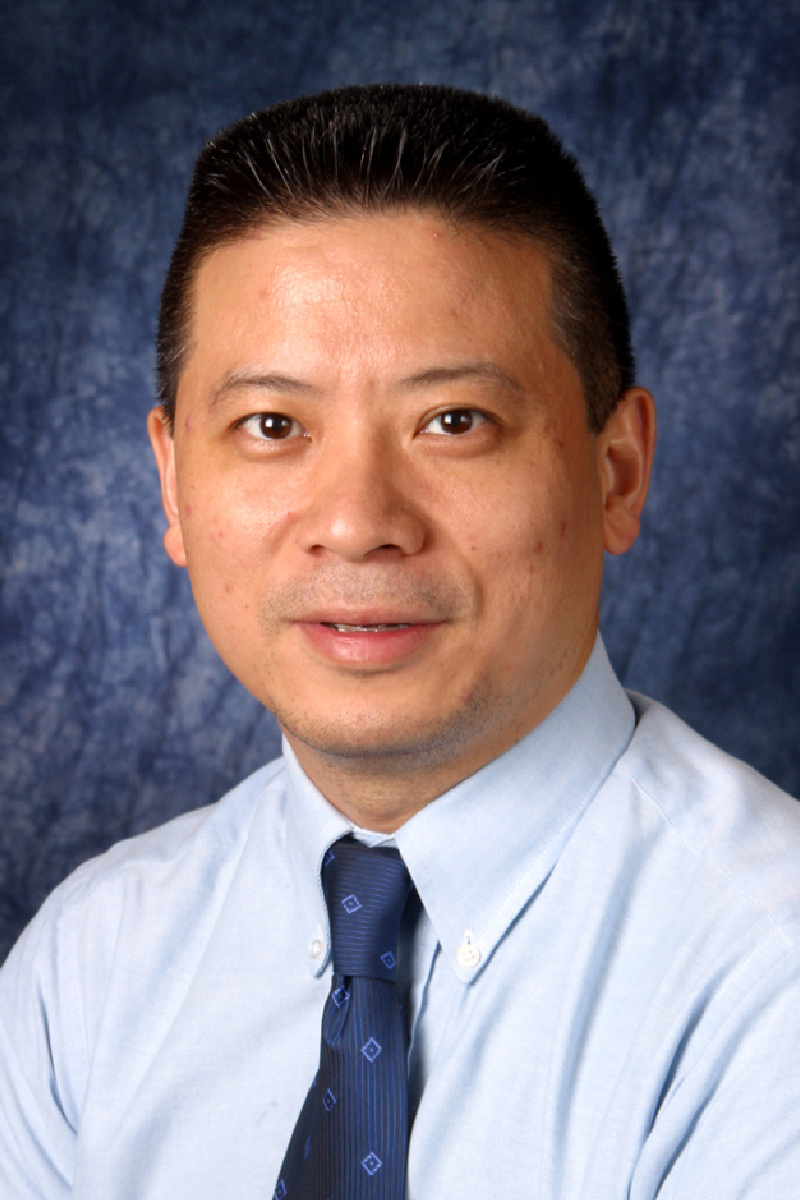
Keynote
TUESDAY, FEBRUARY 22
Closed-loop Sensor Networks for Atmospheric Sensing
Michael Zink
Assistant Professor
Electrical and Computer Engineering Department
University of Massachusetts
Amherst, Massachusetts 01003
Abstract: CASA is an NSF funded Engineering Research Center that seeks to revolutionize our ability to observe, understand, predict, and respond to hazardous weather by creating distributed collaborative adaptive sensing (DCAS) networks that sample the atmosphere where and when end-user needs are greatest.
In this presentation, I will give an overview on the sensor network architecture for DCAS systems and present how this architecture has been realized in several CASA testbeds. I will especially focus on CASA’s 4-node testbed in southwestern Oklahoma, which covers a region of 7000 square km that receives and average of four tornado warnings and 53 thunderstorm warnings a year.
First of all the system architecture of this DCAS system will be presented. This includes the sensing nodes, the communication infrastructure, and the central node, which hosts the Meteorological Command & Control (MC&C) architecture. The MC&C is the heart of the DCAS system, which ingests data from the four radars, identifies meteorological features in this data, and determines each radars scan strategy based on detected features and end-user requirements.
Every 1-minute heartbeat the MC&C ingests processed sensor data to generate meteorological features, which might be of interested to the systems end-users. These features are then clustered together and posited as potential three-dimensional scanning tasks. Novel optimization techniques that consider the preferences of different end-user groups then determine the actual targeting of the radars.
In addition, I will present work on sensor virtualization and data-intensive cloud computing that evolved from the work on DCAS sensor networks and is part of the NSF initiative on Global Environment for Network Innovation.
Michael Zink is currently Assistant Professor in the Electrical and Computer Engineering Department at the University of Massachusetts in Amherst. Previously, he was a Research Assistant Professor in the Computer Science Department at the University of Massachusetts in Amherst. He got his PhD in 2003 from the Multimedia Communications Laboratory at Darmstadt University of Technology. He works in the fields of sense-and-response sensor networks, distribution of high-bandwidth, high-volume data, and the design and analysis of long-distance wireless networks and Systems Engineering. Further research interests are in wide-area multimedia distribution for wired and wireless environments and network protocols.
As Deputy Director for Technical Integration in the Engineering Research Center for Collaborative Adaptive Sensing of the Atmosphere, he manages an interdisciplinary team of meteorologists, electrical engineers, social scientists and computer scientists.
WEDNESDAY, FEBRUARY 23
Smart Aggregates: a Distributed Intelligent Multi-purpose Sensor Network (DIMSN) for Civil Structures
Gangbing Song, Ph.D. Professor
Director, Smart Materials and Structures Laboratory
Department of Mechanical Engineering
Department of Electrical and Computer Engineering
University of Houston
Houston, TX 77204, USA
Laboratory Website: http://egr.uh.edu/smsl/
Remote Laboratory Website: http://129.7.203.157/index.php
Abstract: This talk summarizes the authors’ recent pioneer research work in piezoceramic-based smart aggregates and their innovative applications in concrete civil structures. The smart aggregate is formed by embedding a water-proof piezoelectric patch with lead wires into a small concrete block. The smart aggregates are multi-functional and can perform three major tasks: early-age concrete strength monitoring, impact detection, and structural health monitoring. The smart aggregates are embedded into the desired location before the casting of the concrete structure. The concrete strength development is monitored by observing the high frequency harmonic wave response of the smart aggregate. Impact on the concrete structure is detected by observing the open circuit voltage of the piezoceramic patch in the smart aggregate. For structural health monitoring purposes, the embedded smart aggregates form a Distributed Intelligent Multi-purpose Sensor Network (DIMSN) and the active sensing approach is used for damage detection. Wavelet packet analysis is used as a signal-processing tool to analyze the sensor signal. A damage index based on the wavelet packet analysis is used to determine the structural health status. To better describe the damage time-history and location information, two types of damage index matrices are proposed: a time-history damage index matrix and an actuator-sensor damage index matrix. To demonstrate the multi-functionality of the proposed smart aggregates, different types of concrete structures have been used as test objects, including concrete bridge bent caps, concrete cylinders, and a concrete frame. Experimental results have verified the effectiveness and the multi-functionality of the proposed smart aggregates. The multi-functional smart aggregates can be applied in the comprehensive monitoring of concrete structures from their early stages throughout their life-time.

Dr. G. Song is the founding Director of the Smart Materials and Structures Laboratory and a Professor of both Mechanical Engineering and Electrical & Computer Engineering at the University of Houston. Dr. Song is a recipient of the NSF CAREER grant in 2001. Dr. Song received his Ph.D. and MS degrees from the Department of Mechanical Engineering at Columbia University in the City of New York in 1995 and 1991, respectively. Dr. Song received his B.S. degree in 1989 from Zhejing University, P.R.China. He has expertise in smart materials and structures, structural vibration control, and structural health monitoring and damage detection. He has developed two new courses in smart materials and published more than 200 papers, including 80 peer reviewed journal articles. Dr. Song is also an inventor or co-inventor of 3 US patents and 6 pending patents. He has received research funding in smart materials and related research from NSF, NASA, Department of Education, Texas Higher Education Board, TSGC (Texas Space Grant Consortium), UTMB (University of Texas Medical Branch), OSGC (Ohio Space Grant Consortium), OAI (Ohio Aerospace Institute), ODoT (Ohio Department of Transportation), HP, OptiSolar, and Cameron.
